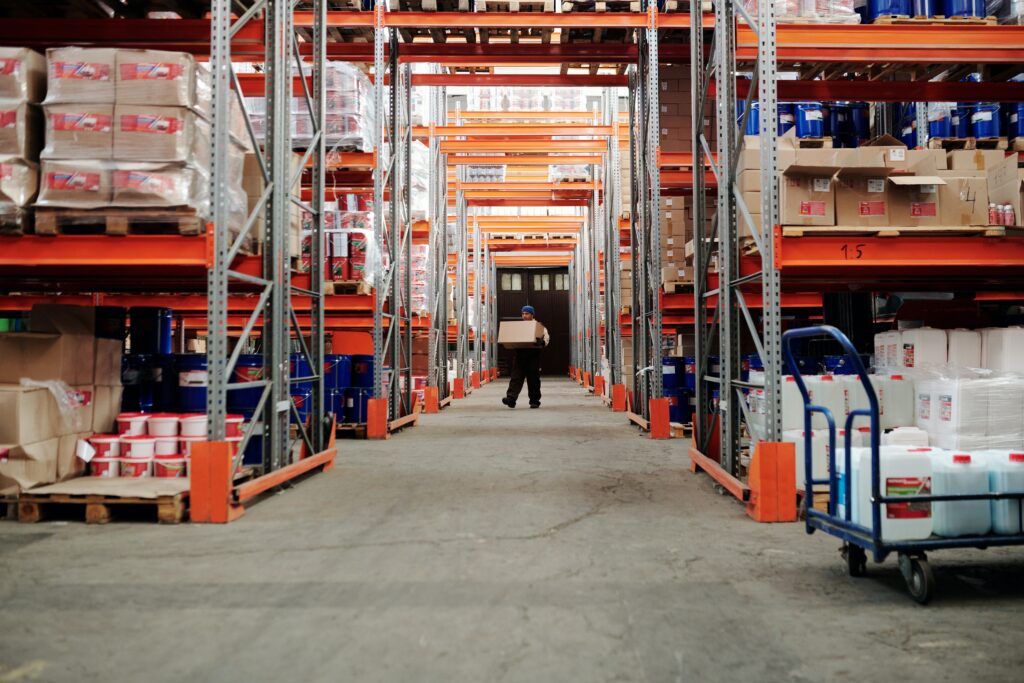The increase in e-commerce activity, labor constraints, and customer expectations about product delivery time are exerting pressure on supply chains and driving demand for industrial real estate.
Small bay warehouses specifically. This sector has outperformed its larger counterparts by a significant margin, despite the hype surrounding larger distribution facilities acquired by major tenants such as Amazon.
Amazon and other e-commerce fulfillment organizations are responsible for roughly 40% of industrial property leases, and that number is steadily rising as companies rush to include e-commerce as part of their business models.
According to a recent industrial real estate report, companies leased more than 137.9 million square feet of industrial space in the third quarter of 2021, a new record. The most popular size category was between 10,000 and 49,000 square feet, which accounted for more than half of the leasing activity.
To reach and retain customers, retailers are shifting their attention to providing consistent, speedy delivery in dense population clusters. As firms continue to adopt same-day and one-day delivery, the strategic importance of the last mile cannot be understated.
As retailers and logistics companies strive for greater consumer accessibility, rents for well-located light industrial buildings in heavily populated, developing markets will continue to exceed those for larger warehouses in remote regions.
Properties under 70,000 square feet have the lowest average availability (5.8 percent) of any size range, as well as both the highest average rents and, have experienced rent growth of 33% between 2015 and 2020.
Leases tend to be shorter-term, which allow rents to adjust more quickly to market and new demand conditions. As a result, market rents for smaller spaces tend to be less volatile over the long-term. In addition, small warehouse market rents tend to outperform larger bulk distribution spaces in both periods of economic strength and weakness.
Small bay industrial facilities also benefit from low operating and capital expenses, which generate high cash flow efficiency relative to other property types.
E-commerce will keep driving the need for industrial space, and as a result, this new urban logistics asset class will spark more developer and investor interest.
We hope this guide was helpful and shows that with any type of investment, it pays to do your homework.











